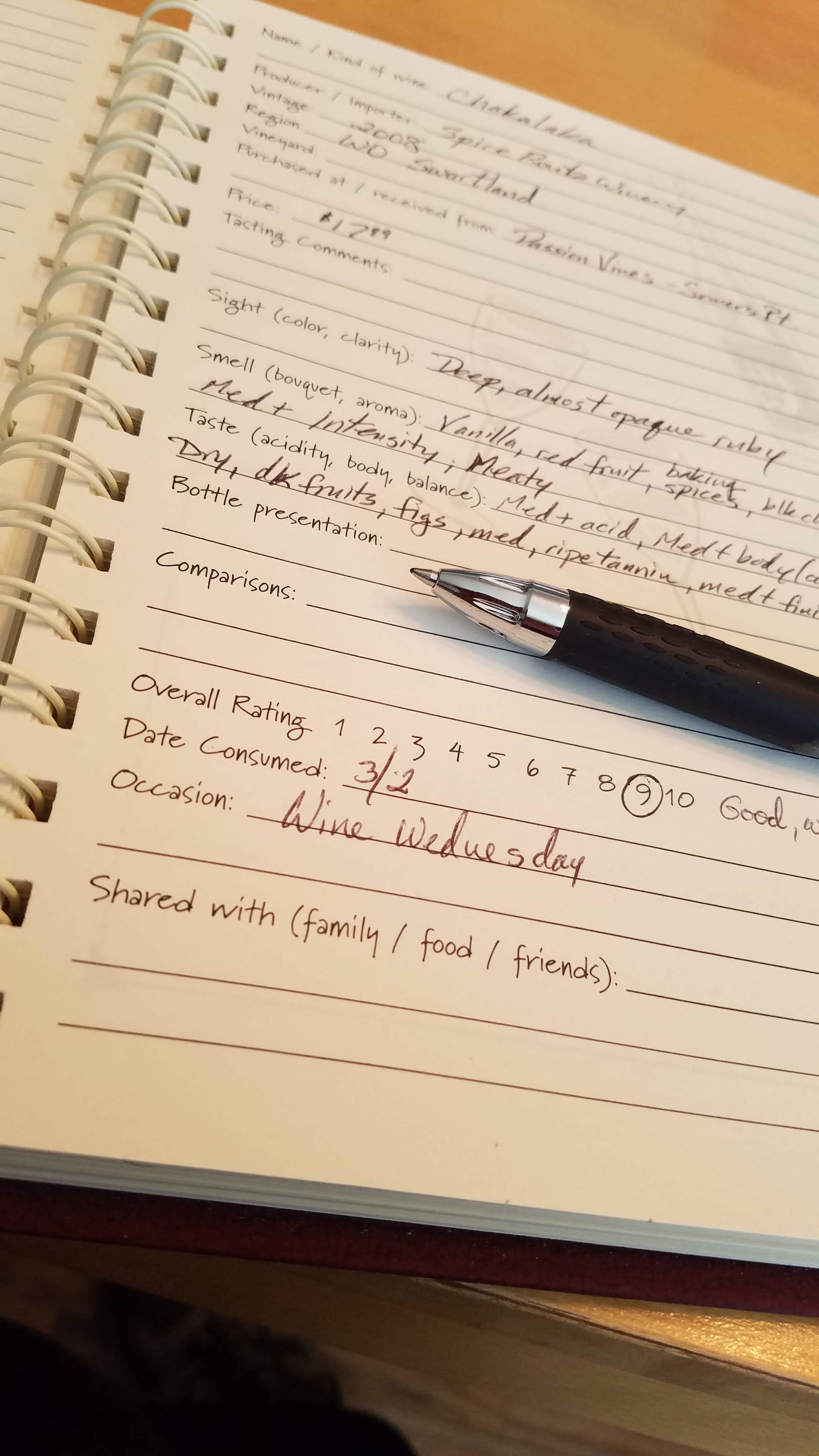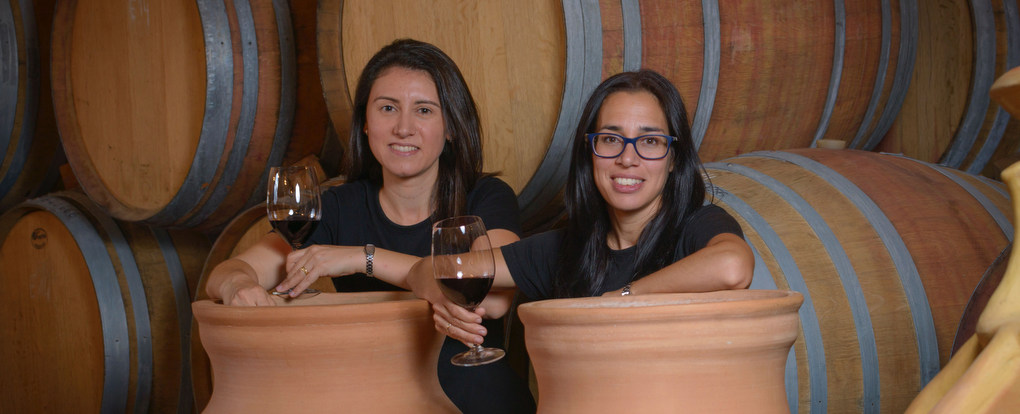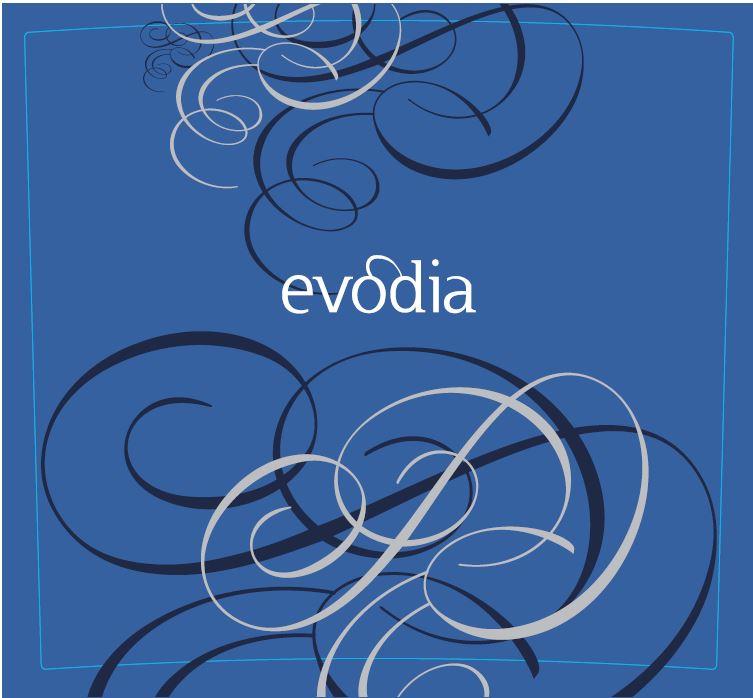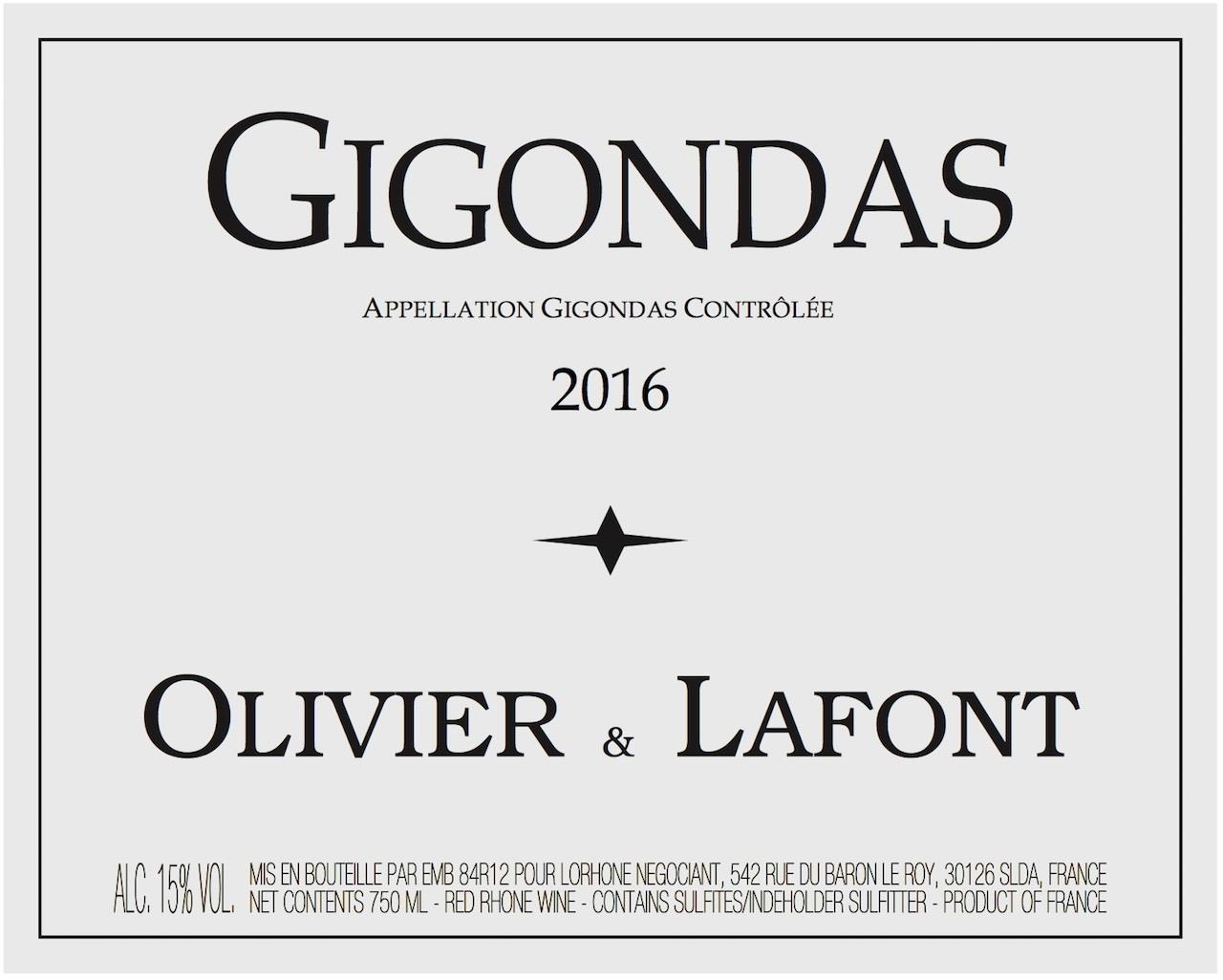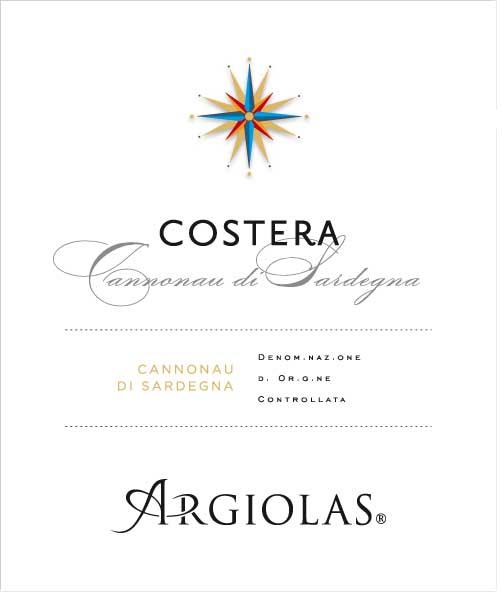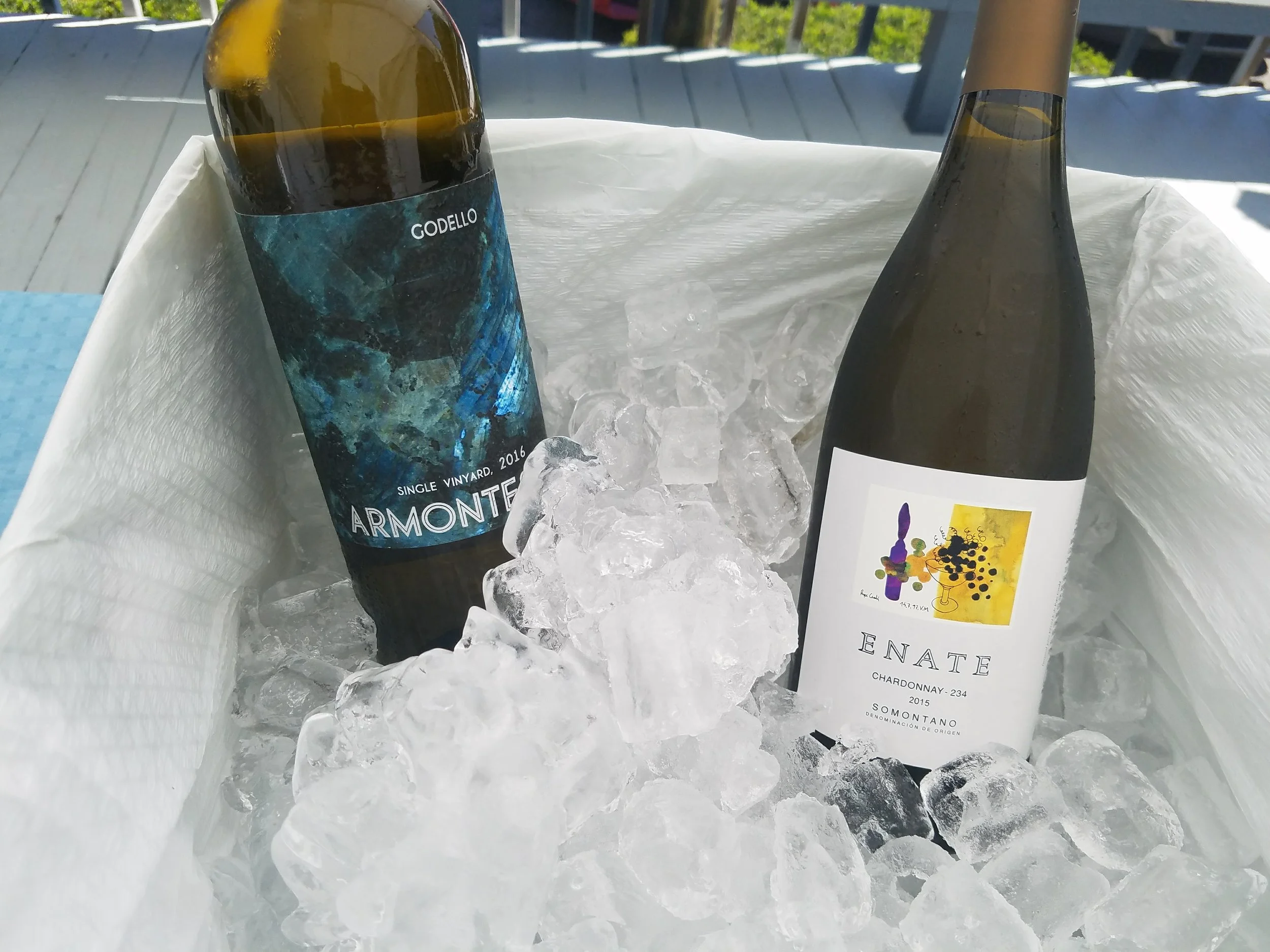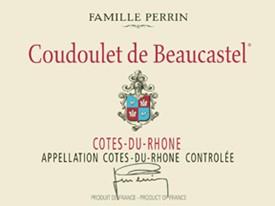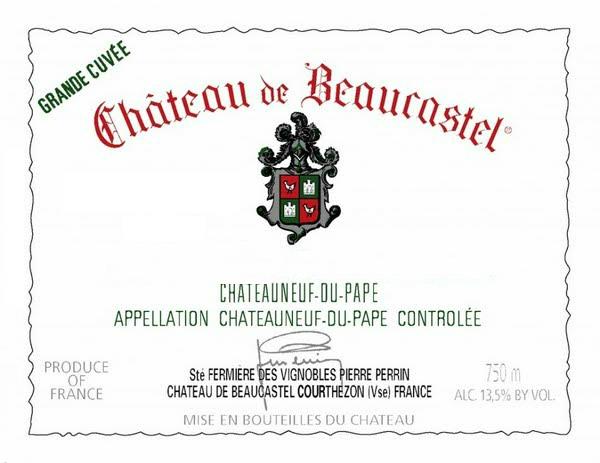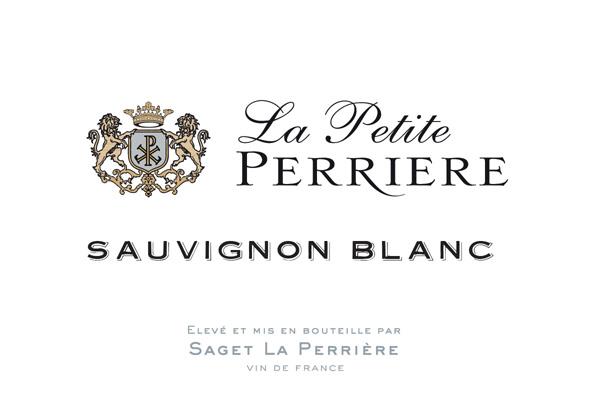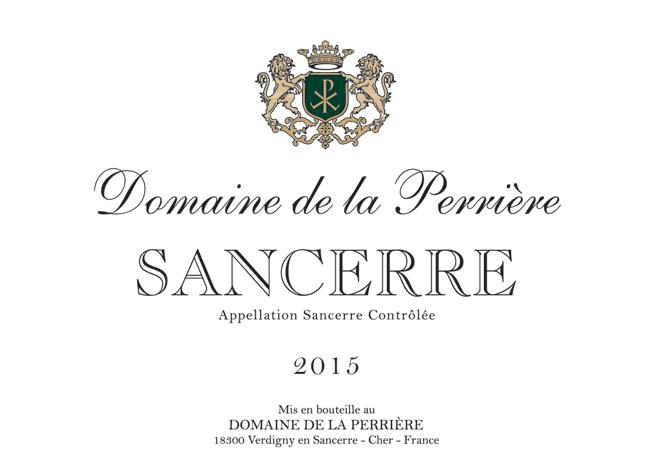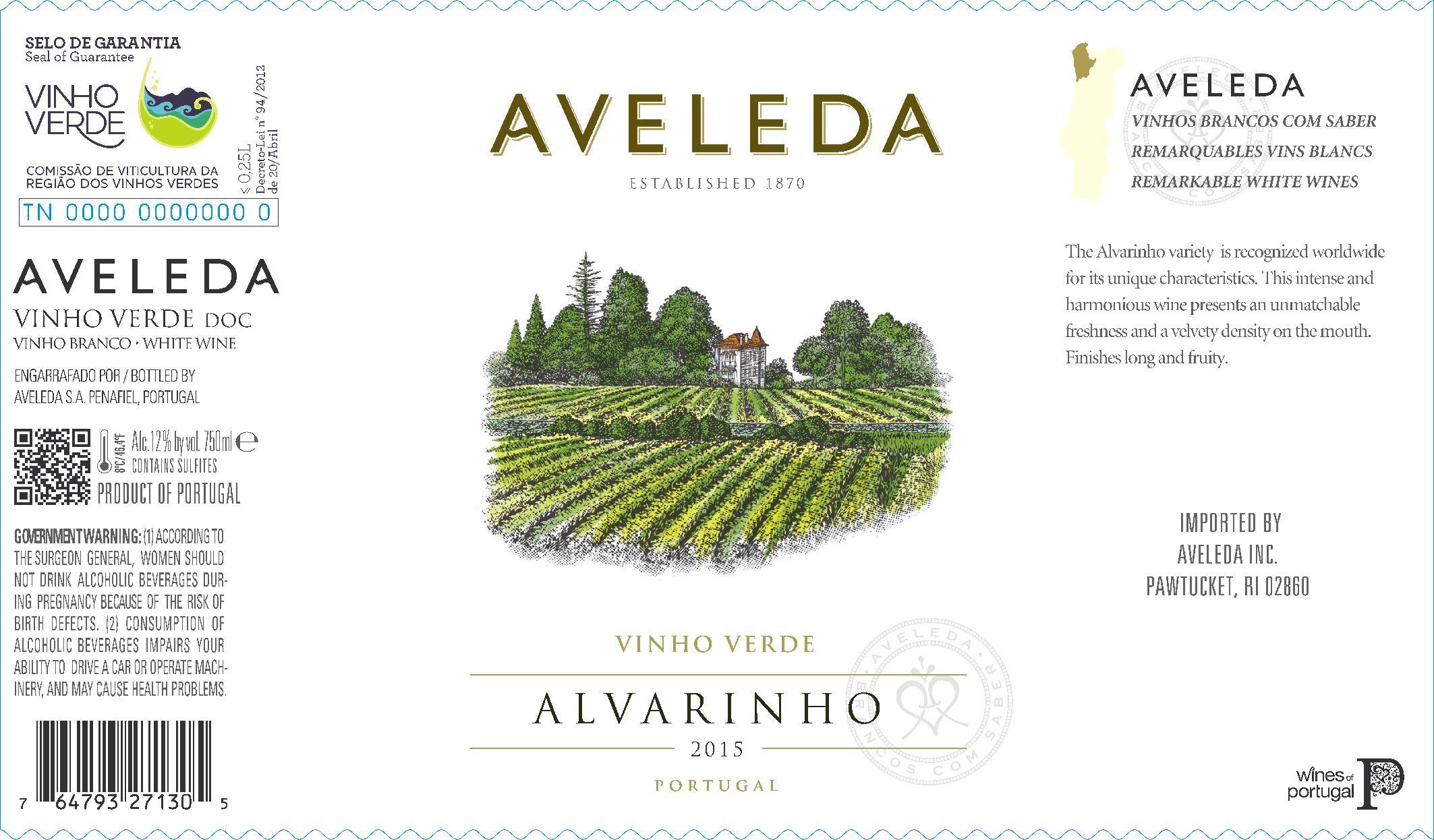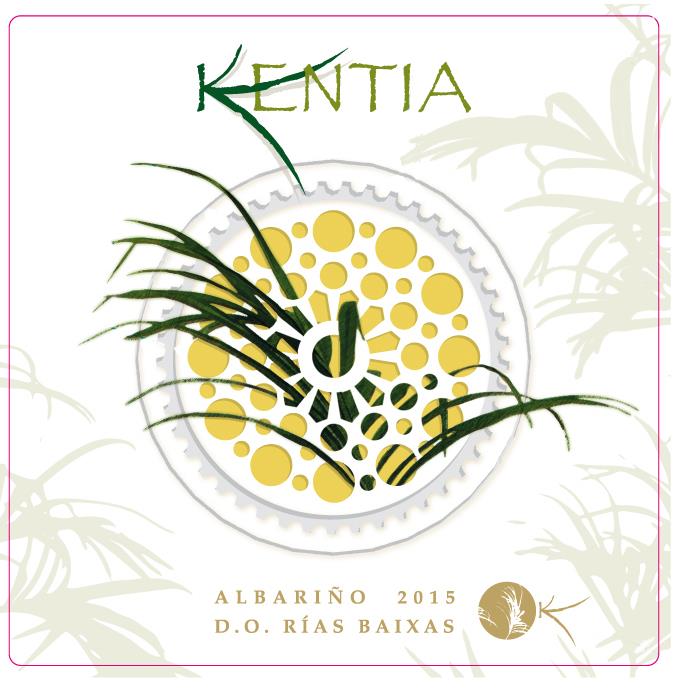Kicking Back: Argentina, Brews, and Sherry
You all know I spend a great deal of time tasting as a professional. Dissecting wines, spirits, beers, and any other beverage is just what I do. However, I also like to kick back over the weekend and simply enjoy something without thinking about it (too much). OK, fine…I taste the first mouthful critically, figure out what is going on, then savor it while watching a movie, dining out, or for nothing more than straightforward pleasure.
And what good is it if I taste these wonderful things and then not share them with you? So here we go with a run-down of everything I sampled over the weekend. It will give you something to consider when expanding your drinking horizons.
Domaine Bousquet Virgen Red Blend Mendoza
It is appropriate that I would have this wine during Lent as this Certified Organic Argentinian blend of Cabernet Sauvignon, Malbec, and Cabernet Franc is Vegan-Friendly (so no animal products were used during the fining process). No oak, no filtration, and no sulfites added, Virgen is packed with blackberry and blueberry fruit flavor and a slight floral/herbaceous note on the nose that complements the fruity fragrance. 14.5% ABV. $15
Firestone Walker Lager, Paso Robles, California
From the Firestone Walker website:
In the words of Brewmaster Matt Brynildson, "Firestone Lager is made for drinking, not thinking. It's about enjoying a good, clean beer."
I couldn’t agree more. When hanging with the family at the Jealous Monk, I wanted something easy to help me wash down the plate of sausage, spaetzle, pierogies, and sauerkraut I ordered for dinner. This German-style Helles has touch of malt and hint of bitterness, which is all I needed. This is a real crowd-pleaser that has lawnmower beer potential. 4.5% ABV, IBU: 17, $10/6-pack
New England Cider Company Passion Fruit Cider, Wallingford, Connecticut
There have been many times I have seen ciders from these folks, and I have passed over them wondering if it would be too sweet. Well, The Greatest Wife In The World ordered this with Fish & Chips, and it was pretty damn tasty. A sweeter cider, but not sticky or cloying at all as it was very well-balanced with a nice zing of acidity. The passion fruit flavor enhanced the fruitiness of the cider, too. Kudos to the New England Cider Company on this seasonal release! 5.2% ABV, $11/6-pack (estimated)
To close out the weekend, I revisited a wine from a recent program we did at the store with Lustau Sherry, the Almacenista José Luis González Obregón Fino del Puerto. Yes, this is a mouthful to say, but you know what? This bone dry, tangy, nutty Sherry is a perfect partner with nuts, olives, cured meats, and a range of hard cheeses. It’s also so good, the entire Lustau evening deserves a post of its own (hint, hint…). 15% ABV. $17/500mL bottle.



